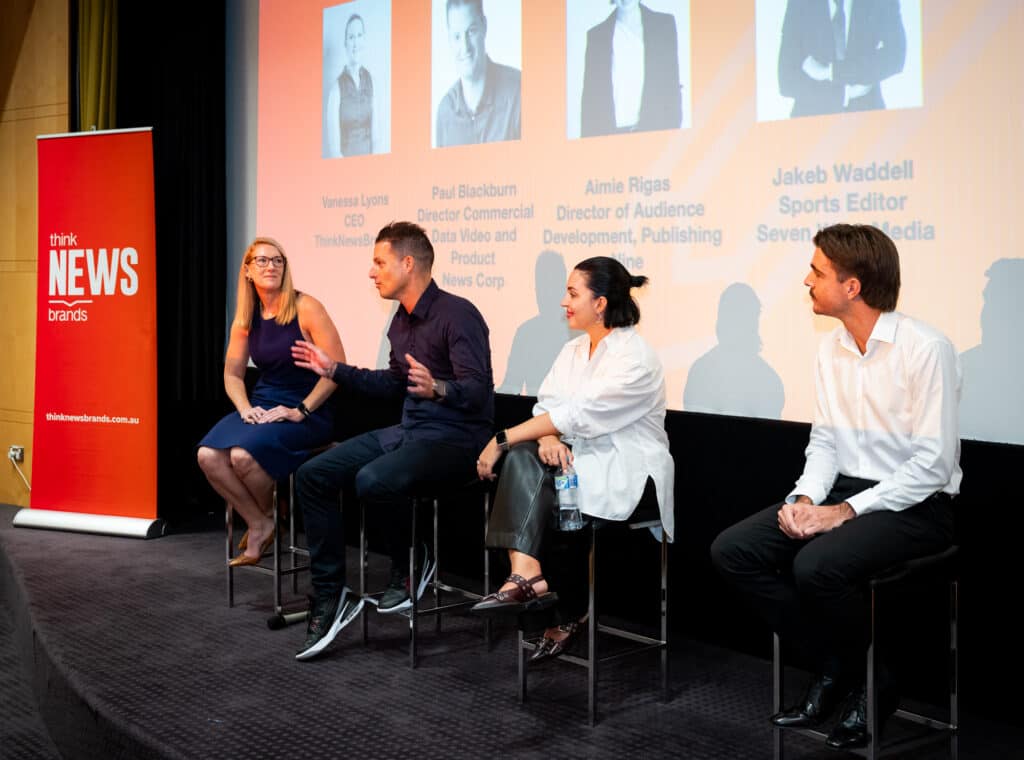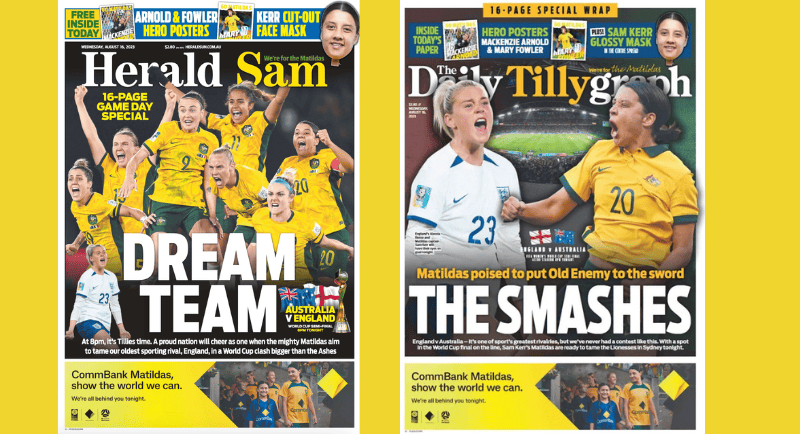Late last year, ThinkNewsBrands along with Roy Morgan revealed that three-quarters (77%) of Australians aged over 14 years read the news each week, with six in 10 paying to access written content.
The figures in the report also showed that readers are consistently engaged across multiple sources of news content to satisfy diverse interests, with three in five news audiences reading three or more categories in addition to general, breaking news content. The most popular categories after General News (94%) are Property (67%), Sport (60%), Lifestyle & Health (57%), Entertainment & Culture (51%), and Business & Finance (47%).
At the Publishing & News101 learning event hosted by ThinkNewsBrands and the IMAA, Vanessa Lyons, CEO of ThinkNewsBrands, said that the new total news metric is changing the way that industry insiders are looking at readership, especially when it comes to categories such as sport.
“Within the publishing news environment, we all hear the big number of reach, which is that 96% of the population, engage with it. That’s the general news section. If you look at the different categories – sports, in particular – 60% of the population are reading sports content in any particular given month. It’s just over 13 million people, which is pretty phenomenal to think that that many people are engaging in sports content. Sport is second behind auto in that respect. The important thing behind all of this is that people are starting in one place but they’re going deep, and they’re taking different journeys depending on their interests.”

Jakeb Waddell, sports editor of The West Australian and The Sunday Times, said that the innovation he has seen in both the news publishing sector and the sports category has been incredible.
“The innovation that we’ve seen in the last few years is awesome. You’re looking at going from a newspaper to all of a sudden having a digital presence and a complete digital edition that’s online, and looking at the different types of readership with both. We have podcasts, and we’ve got a hugely popular tipping platform. You’ve got 40,000 people logging on to do their tipping every single week, so how do we best incorporate our stories and stuff onto our tipping platform?
“How do we best use our podcasts to point people back to the newspaper, back to the website, and use these sponsored segments to promote our actual journalism and what we’re doing?”
Waddell elaborated that one of the reasons why sport is such a potent category in the news sector is that it lends itself well to the total news approach that newsrooms have.
“We take a digital-first view on it. The first thing we think of when we’ve got a really good story is we’ve got this to ourselves, what are we doing with it? We know that most people are on their phones between five and seven o’clock at night. So let’s get it live at 6pm, and let’s do an app alert. Then let’s bring a topical print version of that and let’s use different quotes instead. Then when people are picking up the newspaper and reading tomorrow they still feel like they’re getting a fresh version of events. That’s breaking up how we get the best out of that for print, but then also make sure we’re getting to it first, and we’re thinking digitally first.”
Waddell also said that demand for sports content has never been higher, as long as it is the right content.
“The past couple of years for us have shown that sports content is such an important part of our business. You look at the Matildas success or what our footy teams have gone through in WA in the past couple of years, they’ve been really struggling. Those are the stories performing better than everything else, across our entire business, which was incredible to see. What that shows us is there’s still a huge demand for sports content, but for good, accurate, true sports content.”
Lyons added that with the concept of total news, the industry is now shifting how it asses readership and categories such as sport are more important than ever in this new normal.
“We always used to rank the top mastheads just in order, and now what we’re showing rather than that, most people read more than four categories, sports obviously is a high one but it’s not just the males but the females as well. We are breaking down those stereotypes with this information.”
